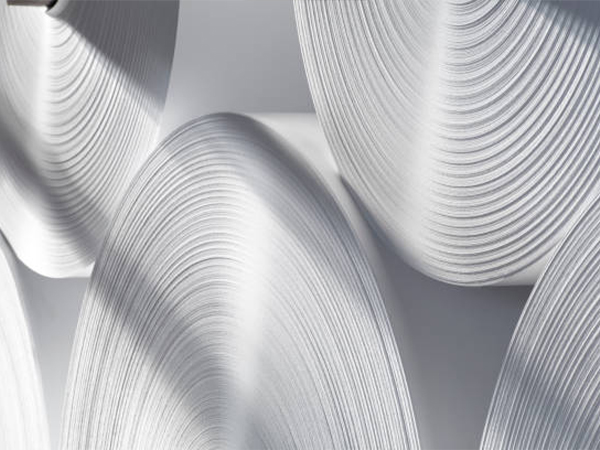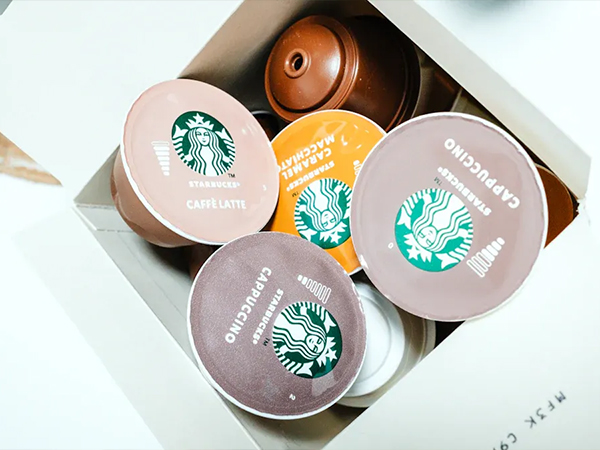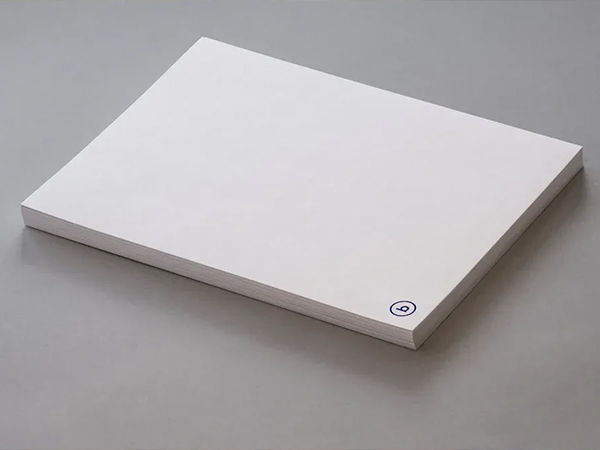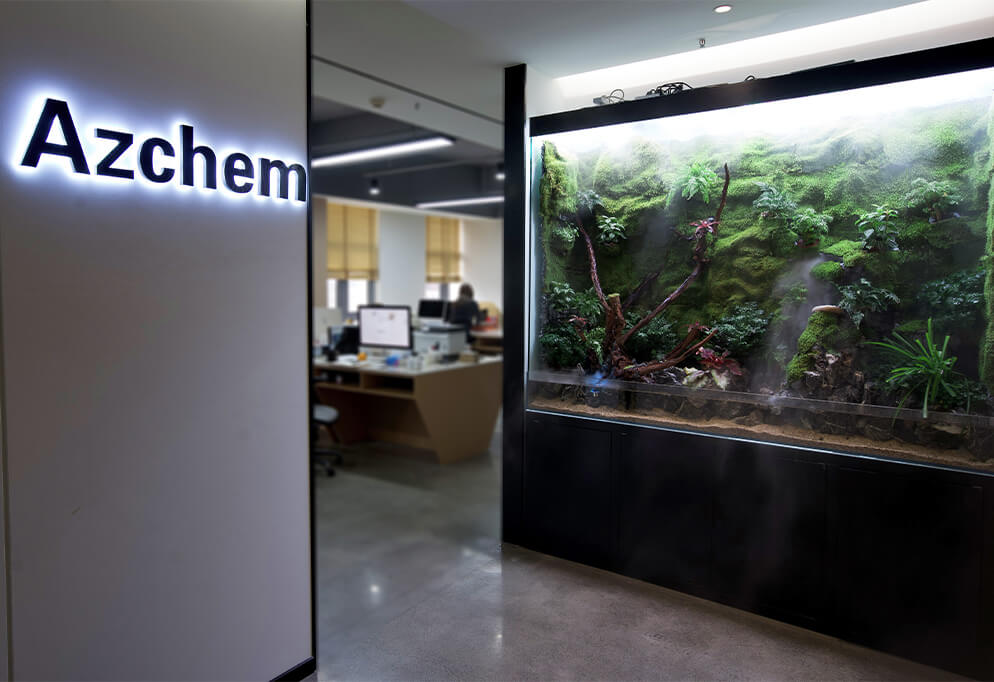The Science Behind Paper’s Weakness in Water
In dry conditions, the strength of ordinary paper primarily comes from hydrogen bonding between cellulose fibers. These fibers contain abundant hydroxyl groups, which naturally form hydrogen bonds when dried, providing the sheet with strength and structure. However, once the paper comes into contact with water, water molecules compete for these hydrogen bonding sites, disrupting the fiber-to-fiber connections. As a result, the paper quickly loses its integrity, becoming soft and fragile.
To maintain paper strength under wet conditions, wet strength agents are used. These additives form more stable and durable bonding structures between fibers that are resistant to water. Compared to paper held together solely by hydrogen bonds, paper treated with wet strength agents retains much of its durability even after getting wet.
Why Wet Strength Agents Matter
Wet strength agents are essential in both consumer and industrial paper products. They ensure that:
- Paper bags remain intact even when exposed to rain or used to carry damp items.
- Tissue paper, napkins, and kitchen towels retain strength during use.
- Specialty and industrial papers, which require repeated exposure to water or even laundering, maintain their functionality.
From everyday products to high-performance industrial applications, wet strength agents enable paper to perform reliably in wet environments.
Two Types of Wet Strength Agents
Wet strength agents are typically divided into two categories based on their function and longevity:
1. Permanent Wet Strength Agents
These agents form strong, irreversible bonds with cellulose fibers. Common types include:
- Polyamide-epichlorohydrin (PAE)
- Urea-formaldehyde (UF) resin
- Melamine-formaldehyde (MF) resin
PAE is widely used in modern alkaline papermaking due to its effectiveness and compatibility. UF and MF resins are older-generation agents used in acidic systems but are still applicable in certain paper grades.
Permanent wet strength agents are commonly used in applications like:
- High-strength paper bags
- Industrial and technical papers requiring repeated wetting
2. Temporary Wet Strength Agents
These are designed to provide short-term wet strength that fades over time or when rewetted. A typical example is:
- Glyoxylated polyacrylamide (GPAM)
GPAM contains aldehyde groups that form temporary crosslinks with fibers during drying. Upon rewetting, these bonds break down, allowing the paper to disintegrate easily. This makes GPAM ideal for:
- Toilet paper
- Napkins and facial tissues
These products need to be strong when used but must break down quickly after disposal to avoid clogging sewage systems.
Spotlight: PAE – The Leading Permanent Wet Strength Agent
PAE agents have a nylon-like polymer backbone, featuring quaternary ammonium groups and reactive epoxide rings. The cationic sites ensure strong affinity to negatively charged fiber surfaces, while the reactive sites form chemical bonds with fiber carboxyl or amine groups during drying.
Key advantages of PAE:
- Optimal performance in alkaline or near-neutral conditions
- Significantly improves wet tensile strength, burst resistance, and tear strength
However, acidic environments may reduce its effectiveness, and proper drying temperature and time are critical for full crosslinking to occur.
Temporary Wet Strength Agents: Guardians of Consumer Hygiene Products
For products like toilet paper and tissue, both strength and disposability are key. Temporary wet strength agents like GPAM achieve this balance. They ensure:
- Adequate strength during use
- Rapid disintegration upon flushing
This dual functionality makes them indispensable in hygiene paper manufacturing.
Key Factors Influencing Wet Strength Performance
Several factors determine how well a wet strength agent works:
- pH and fiber surface charge: Low pH reduces fiber carboxyl ionization, limiting agent adsorption and crosslinking.
- Retention: Sufficient retention of the agent on the fiber surface is essential for performance.
- Drying and curing conditions: Most wet strength agents require heat and specific drying conditions to fully bond with fibers.
Wet strength agents have revolutionized the functionality of paper, enabling it to retain strength in wet environments. From flushable tissues to water-resistant packaging, these additives are crucial to modern papermaking. As the industry shifts toward sustainability, new-generation wet strength agents are being developed to provide high performance while meeting environmental standards. The future of wet-strengthened paper is both stronger and greener.






